Home>Home Appliances>Laundry Appliances>How To Wash A Comforter In The Washing Machine
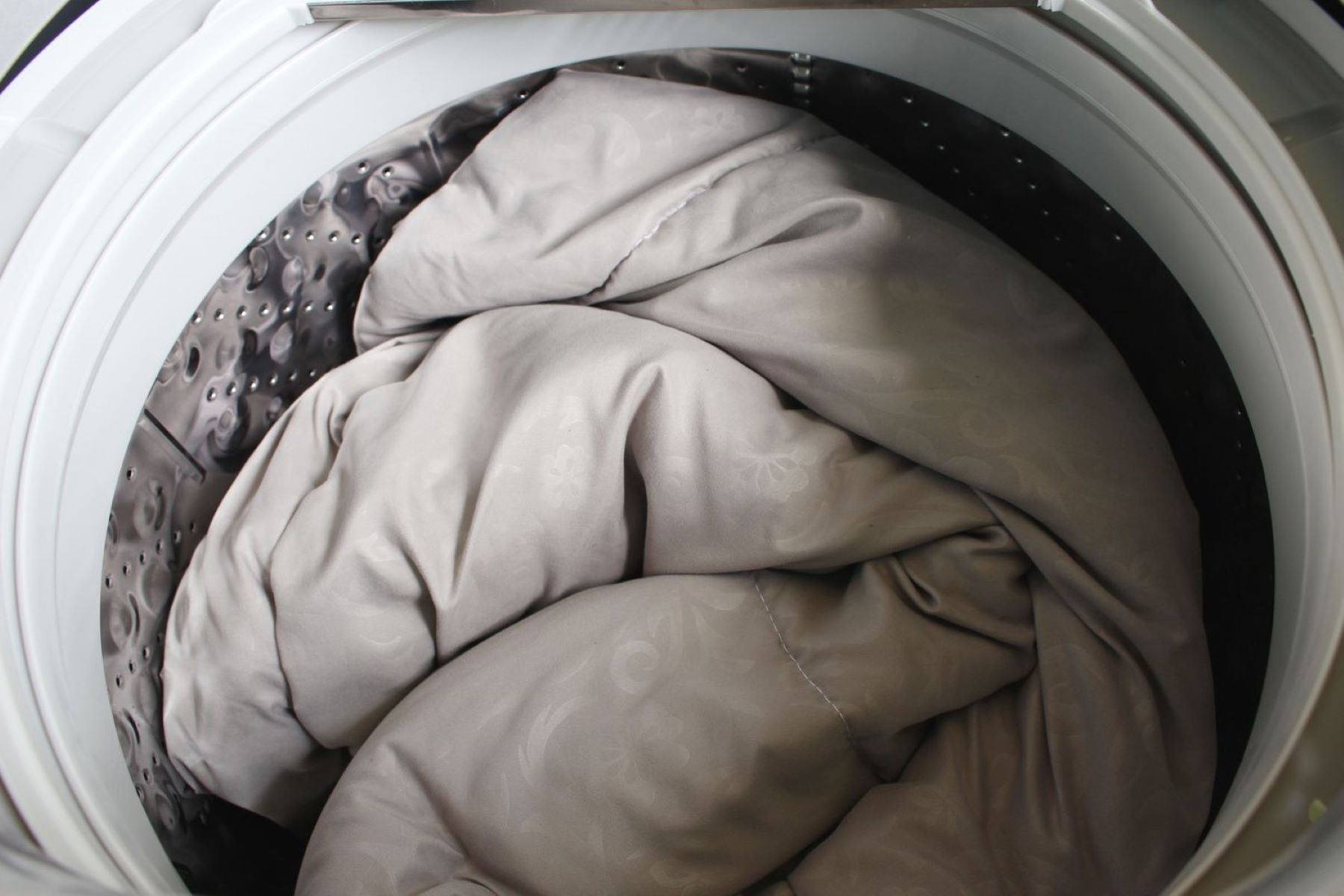

Laundry Appliances
How To Wash A Comforter In The Washing Machine
Published: February 22, 2024
Learn how to properly wash a comforter in the washing machine with our expert laundry appliance tips. Keep your bedding fresh and clean with our step-by-step guide.
(Many of the links in this article redirect to a specific reviewed product. Your purchase of these products through affiliate links helps to generate commission for Storables.com, at no extra cost. Learn more)
Introduction
Washing a comforter may seem like a daunting task, especially if you've never attempted it before. However, with the right approach and a few helpful tips, you can easily tackle this laundry chore and keep your comforter fresh and clean. Whether your comforter is filled with down, synthetic materials, or a blend of both, knowing how to properly wash it in a washing machine can help maintain its quality and extend its lifespan.
In this comprehensive guide, we'll walk you through the step-by-step process of washing a comforter in the washing machine. From preparing the comforter for washing to selecting the appropriate detergent and setting the washing machine, we'll cover everything you need to know to ensure a successful and effective cleaning process. Additionally, we'll discuss the best practices for drying the comforter to achieve optimal results.
By following these guidelines, you can maintain a clean and cozy sleeping environment while prolonging the life of your comforter. So, let's dive in and learn how to properly wash a comforter in the washing machine, ensuring that it remains a source of comfort and warmth for years to come.
Key Takeaways:
- Properly preparing your comforter before washing, including checking the care label, spot treating stains, and securing loose threads, ensures a successful cleaning process and helps maintain its quality and comfort.
- Choosing the right detergent, setting the washing machine to gentle cycles, and using low heat settings for drying are crucial for effectively cleaning and preserving the quality of your comforter.
Read more: What Washer Setting For Comforter
Preparing the Comforter
Before you begin the process of washing your comforter, it's essential to prepare it properly to ensure a thorough and effective cleaning. Here's a detailed guide on how to prepare your comforter for washing:
-
Check the Care Label: The first step in preparing your comforter for washing is to carefully read the care label attached to it. The care label provides essential information regarding the fabric, fill material, and specific care instructions recommended by the manufacturer. It may indicate whether the comforter is machine washable or if it requires special handling, such as dry cleaning. Adhering to the care label's instructions is crucial to avoid damaging the comforter during the washing process.
-
Inspect for Damage: Before washing your comforter, take a few moments to inspect it for any signs of damage, such as rips, tears, or loose seams. Addressing any existing damage prior to washing can prevent further deterioration and ensure that the comforter withstands the cleaning process without sustaining additional harm.
-
Spot Treat Stains: If your comforter has noticeable stains or soiled areas, consider spot treating them before washing. Use a gentle stain remover or a mixture of mild detergent and water to target specific stains. Gently dab the solution onto the affected areas and allow it to sit for a few minutes before proceeding to the washing stage.
-
Secure Loose Threads and Fastenings: Check for any loose threads, buttons, or fastenings on the comforter and secure them to prevent tangling or damage during the washing cycle. Fasten any buttons or closures and trim any loose threads to minimize the risk of entanglement and maintain the comforter's overall integrity.
-
Shake and Fluff: To ensure an even wash and prevent clumping of the fill material, gently shake and fluff the comforter before placing it in the washing machine. This step helps redistribute the fill and loosen any compacted areas, allowing for a more thorough cleaning and maintaining the comforter's loftiness.
By meticulously preparing your comforter for washing, you can set the stage for a successful cleaning process and help preserve its quality and comfort. Taking the time to address any pre-existing issues and following the manufacturer's care instructions can contribute to a positive washing experience and ensure that your comforter emerges from the machine clean, fresh, and ready to provide cozy warmth.
Loading the Comforter into the Washing Machine
Once you have diligently prepared your comforter for washing, the next crucial step is to properly load it into the washing machine. This process requires careful handling to ensure that the comforter is evenly distributed and can be effectively cleaned without causing strain on the machine. Here's a detailed guide on how to load your comforter into the washing machine:
-
Select the Right Washing Machine Size: Before proceeding, consider the size of your washing machine in relation to the dimensions of your comforter. It's essential to use a washing machine that provides ample space for the comforter to move freely during the wash cycle. Overcrowding the machine can hinder the cleaning process and may lead to an uneven distribution of detergent and water.
-
Place the Comforter in the Machine: Open the washing machine and carefully place the prepared comforter inside. It's important to position the comforter evenly to prevent an imbalance during the washing cycle. If your comforter is particularly large or bulky, you may need to load it into the machine diagonally to ensure a balanced distribution of weight.
-
Add a Balanced Load: To maintain the stability of the washing machine during the cleaning process, consider adding a few small, gentle items, such as towels or additional linens, to balance the load. This helps prevent the comforter from becoming lopsided and promotes an even distribution of water and detergent.
-
Avoid Overcrowding: While it may be tempting to wash multiple items simultaneously, it's important to avoid overcrowding the washing machine. Overloading the machine can hinder the comforter's movement and impede the cleaning process, potentially leading to unsatisfactory results.
-
Close the Machine Securely: Once the comforter is loaded, ensure that the washing machine's door or lid is securely closed. This step is crucial to prevent any water leakage during the wash cycle and maintain the appropriate water level required for effective cleaning.
By following these steps, you can effectively load your comforter into the washing machine, setting the stage for a successful and thorough cleaning process. Properly positioning the comforter and balancing the load within the washing machine are essential factors in achieving optimal cleaning results and preserving the comforter's quality and comfort.
Choosing the Right Detergent
Selecting the appropriate detergent is a critical aspect of ensuring the effective and gentle cleaning of your comforter. The choice of detergent can significantly impact the cleanliness and longevity of the comforter, making it essential to make an informed decision. Here's a detailed guide on how to choose the right detergent for washing your comforter:
Consider the Fabric and Fill Material
When choosing a detergent for your comforter, consider the fabric and fill material to determine the most suitable option. For instance, if your comforter is made of delicate materials such as silk or satin, opt for a mild, gentle detergent specifically formulated for delicate fabrics. Similarly, if your comforter contains down or synthetic fill, look for a detergent designed to preserve the loftiness and softness of these materials while effectively removing dirt and odors.
Opt for a Mild and Hypoallergenic Formula
Given that comforters come in close contact with your skin during use, it's advisable to select a detergent that is mild and hypoallergenic. This is particularly important if you or your family members have sensitive skin or allergies. Hypoallergenic detergents are formulated to minimize the risk of skin irritation and allergic reactions, making them a safe choice for washing bedding items, including comforters.
Avoid Harsh Chemicals and Bleach
When washing your comforter, it's best to steer clear of detergents that contain harsh chemicals or bleach. These aggressive ingredients can compromise the integrity of the comforter's fabric and fill, leading to premature wear and potential damage. Opt for a detergent that is free from strong additives and bleach to safeguard the quality and color of your comforter while ensuring a gentle yet effective cleaning process.
Prioritize Environmentally Friendly Options
For those who are environmentally conscious, choosing an eco-friendly detergent can align with sustainability goals while maintaining a clean and fresh comforter. Look for detergents labeled as environmentally friendly, biodegradable, or phosphate-free to minimize the impact on the environment without compromising cleaning performance. These eco-conscious options are designed to be gentle on fabrics and safe for the planet, offering a responsible choice for washing your comforter.
Follow Manufacturer Recommendations
Lastly, refer to the care label on your comforter for any specific detergent recommendations provided by the manufacturer. Some comforters may have specific instructions regarding the type of detergent to use, and adhering to these guidelines can help preserve the warranty and performance of the bedding item. By following the manufacturer's recommendations, you can ensure that the chosen detergent is compatible with the comforter's materials and construction.
By considering these factors and making an informed decision, you can choose the right detergent to effectively clean your comforter while maintaining its quality, comfort, and longevity. Selecting a suitable detergent tailored to your comforter's needs can contribute to a successful washing experience and ensure that your comforter emerges from the machine fresh, clean, and ready to provide cozy warmth.
Setting the Washing Machine
Setting the washing machine for washing your comforter involves adjusting the appropriate cycle, water temperature, and additional settings to ensure a thorough yet gentle cleaning process. Here's a detailed guide on how to set the washing machine for washing your comforter:
Select the Appropriate Cycle
When washing a comforter, it's crucial to choose the right cycle on the washing machine to accommodate the size and delicacy of the bedding item. Opt for a gentle or bulky cycle, if available, to prevent excessive agitation that could potentially damage the comforter's fill material or fabric. These specialized cycles are designed to provide a thorough clean while minimizing the risk of excessive wear and tear on the comforter.
Adjust the Water Temperature
The water temperature plays a significant role in effectively cleaning your comforter while preserving its quality. For most comforters, using a lukewarm or cool water temperature is recommended to prevent shrinkage and maintain the integrity of the fill and fabric. Avoid hot water, as it can cause damage to delicate materials and lead to undesirable outcomes. Refer to the care label on your comforter for specific water temperature recommendations and adjust the washing machine accordingly.
Add a Gentle Spin Cycle
When setting the washing machine, consider selecting a gentle or low-speed spin cycle to minimize stress on the comforter's fibers and fill. A high-speed spin cycle can be too harsh for the delicate nature of comforters, potentially causing excessive compression of the fill or creating uneven distribution within the bedding item. By opting for a gentle spin cycle, you can ensure that the comforter is handled with care throughout the washing process.
Use a Mild Detergent Dispenser
If your washing machine is equipped with a detergent dispenser, ensure that it is filled with the appropriate amount of mild detergent suitable for washing bedding items. This helps in evenly distributing the detergent during the wash cycle, promoting effective cleaning while preventing detergent residue from accumulating on the comforter's surface.
Consider Additional Settings
Depending on the features available on your washing machine, consider any additional settings that can contribute to a gentle and efficient cleaning process. For instance, if your machine offers an extra rinse option, it can help ensure thorough removal of detergent from the comforter, preventing potential skin irritation and maintaining the bedding item's freshness.
By carefully adjusting the washing machine settings according to these guidelines, you can create an optimal environment for washing your comforter. The selected cycle, water temperature, spin cycle, and additional settings play a crucial role in achieving a successful cleaning outcome while safeguarding the comforter's quality and comfort. With the washing machine properly set, you can proceed with confidence, knowing that your comforter is in good hands throughout the cleaning process.
Drying the Comforter
After the washing cycle is complete, the next essential step in the care of your comforter is the proper drying process. Drying the comforter effectively is crucial to ensure that it retains its loftiness, fluffiness, and overall comfort. Here's a detailed guide on how to dry your comforter to achieve optimal results:
Check the Care Label
Before proceeding with the drying process, refer to the care label on your comforter to determine the recommended drying method. The care label may provide specific instructions regarding drying temperatures, suitable drying settings, and any precautions to consider. Adhering to the care label's guidelines can help prevent damage and maintain the comforter's quality.
Read more: What Size Washer For King Size Comforter
Select a Spacious Dryer
If you opt to use a dryer for drying your comforter, ensure that it is spacious enough to accommodate the bedding item without overcrowding. Overcrowding the dryer can hinder the airflow and heat distribution, leading to uneven drying and potential damage to the comforter's fill material. A large-capacity dryer provides ample space for the comforter to move freely during the drying cycle, promoting even drying and fluffiness.
Use Low Heat Settings
When drying your comforter in a dryer, it's advisable to use low heat settings to prevent excessive heat exposure that could compromise the fill material and fabric. High heat can cause shrinkage, damage delicate fabrics, and affect the loftiness of the comforter. Opt for a gentle, low-temperature setting to dry the comforter effectively while maintaining its integrity.
Add Dryer Balls or Clean Tennis Balls
To help fluff the comforter and prevent the fill from clumping during the drying process, consider adding dryer balls or clean tennis balls to the dryer. These items aid in maintaining the comforter's loftiness by gently agitating the fill, preventing it from becoming compacted. The gentle tumbling action facilitated by the balls promotes even drying and ensures that the comforter retains its plushness.
Monitor the Drying Progress
Throughout the drying cycle, periodically check the comforter's progress to ensure that it is drying evenly and adequately. Gently fluff and redistribute the comforter to prevent any areas from remaining damp or clumping together. This proactive approach helps maintain the comforter's overall fluffiness and promotes a thorough drying outcome.
Read more: How To Reset A Washer
Air Drying as an Alternative
Alternatively, if you prefer air drying your comforter, consider laying it flat on a clean, dry surface in a well-ventilated area. Periodically fluff and turn the comforter to promote even drying and prevent any musty odors. While air drying may take longer than using a dryer, it offers a gentle and natural approach to preserving the comforter's quality.
By following these guidelines, you can effectively dry your comforter, ensuring that it emerges from the drying process fresh, fluffy, and ready to provide cozy warmth. The proper drying method is essential in maintaining the comforter's comfort and longevity, allowing you to continue enjoying its softness and insulation for years to come.
Frequently Asked Questions about How To Wash A Comforter In The Washing Machine
Was this page helpful?
At Storables.com, we guarantee accurate and reliable information. Our content, validated by Expert Board Contributors, is crafted following stringent Editorial Policies. We're committed to providing you with well-researched, expert-backed insights for all your informational needs.
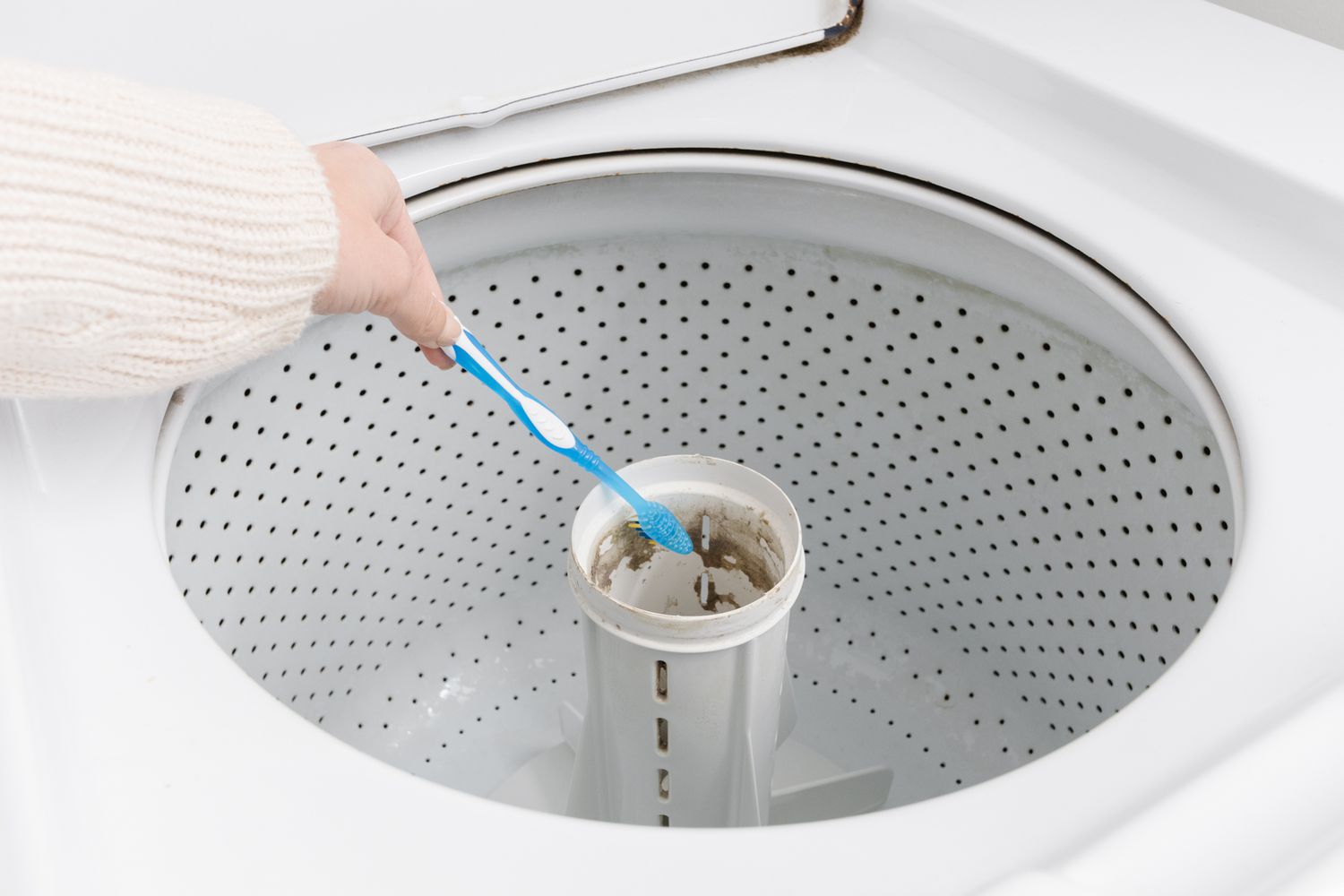

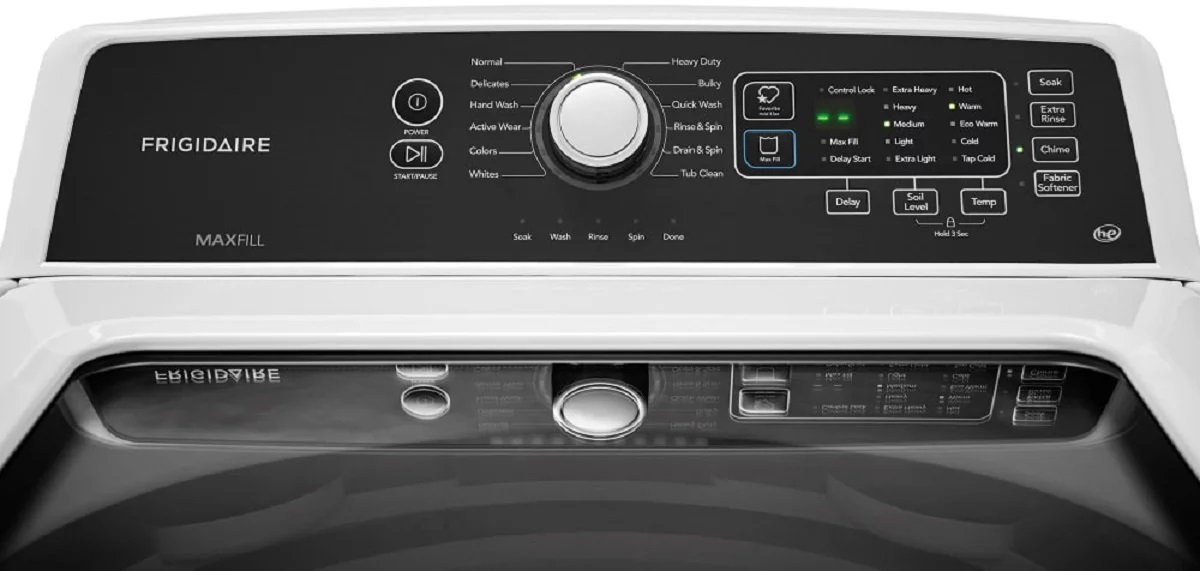



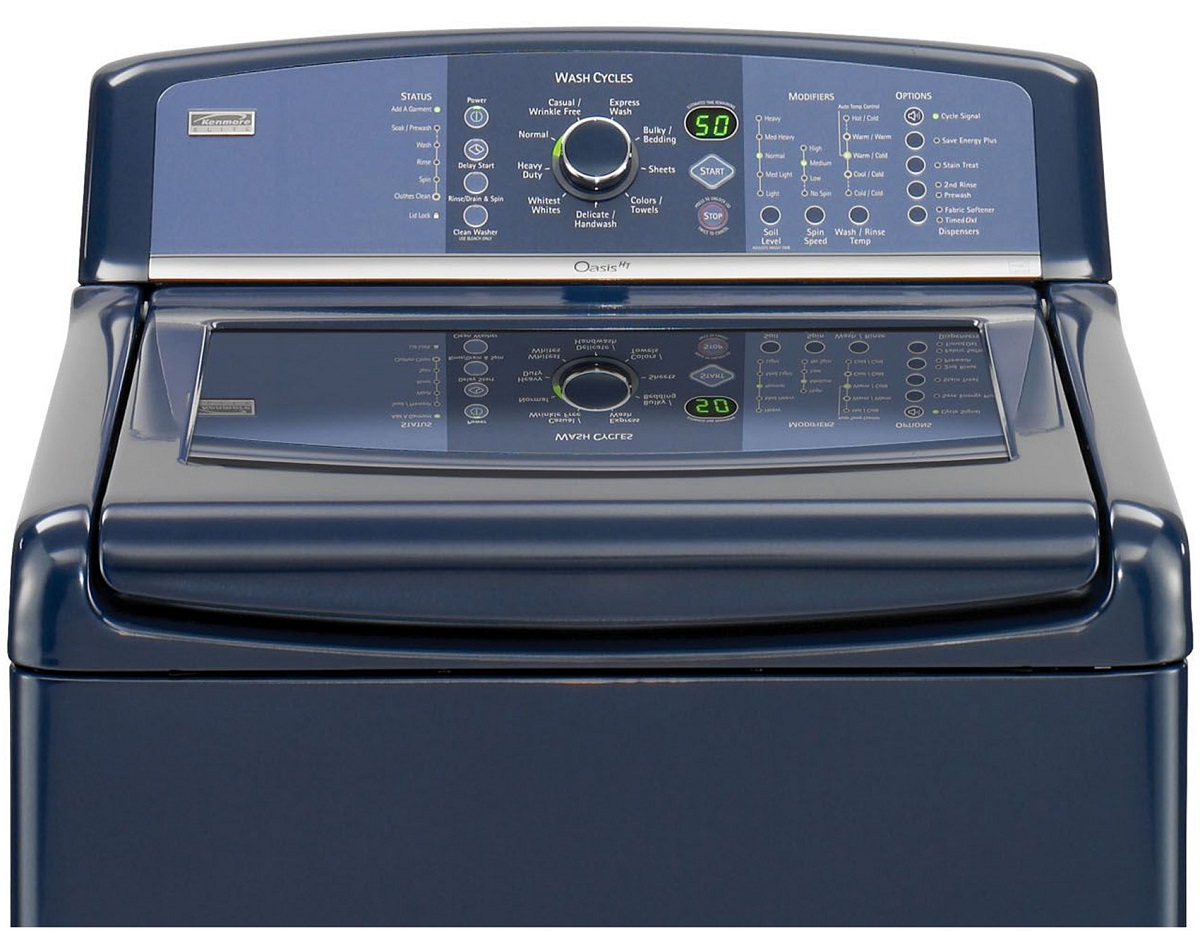

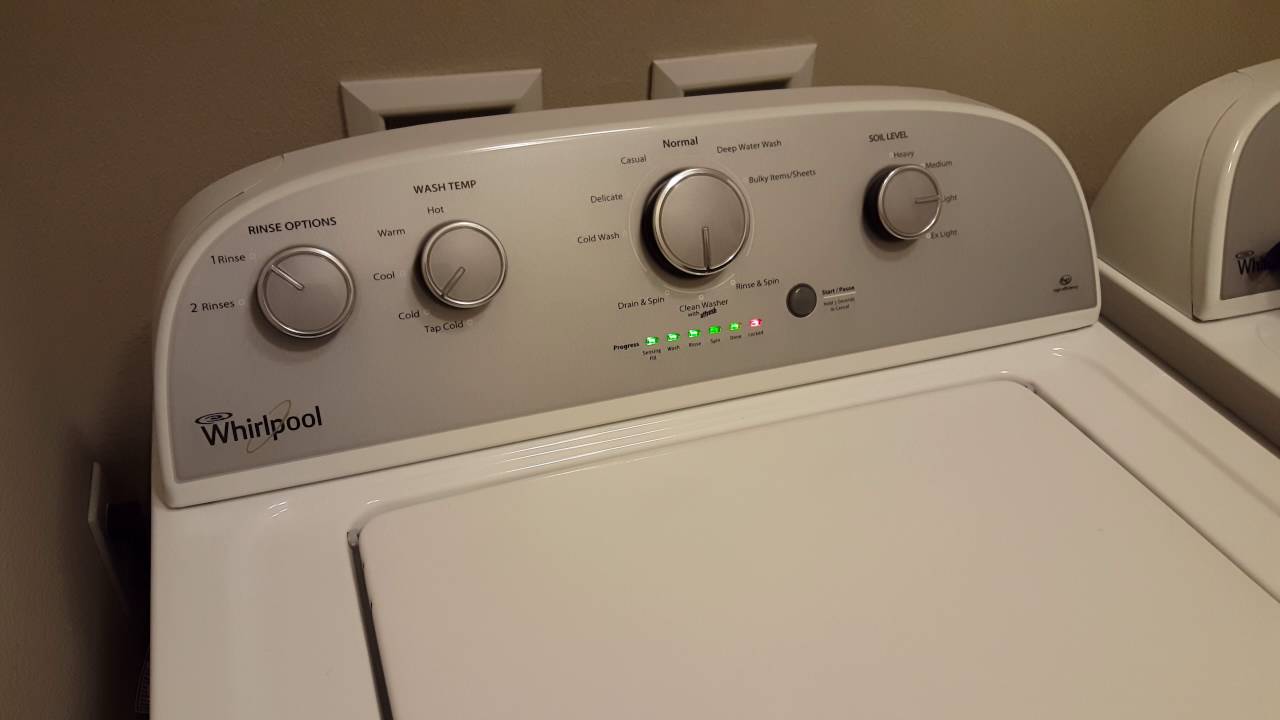


0 thoughts on “How To Wash A Comforter In The Washing Machine”